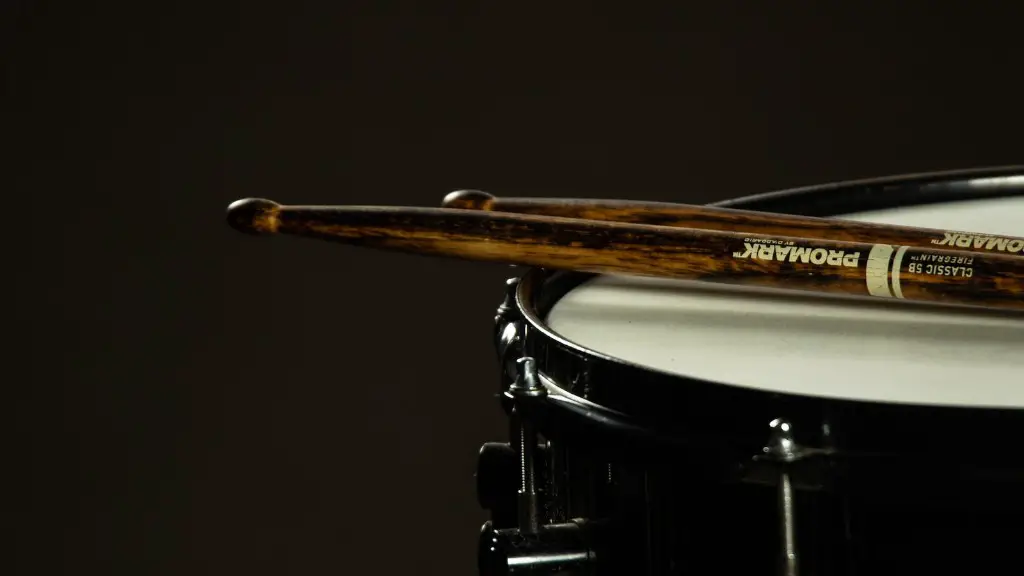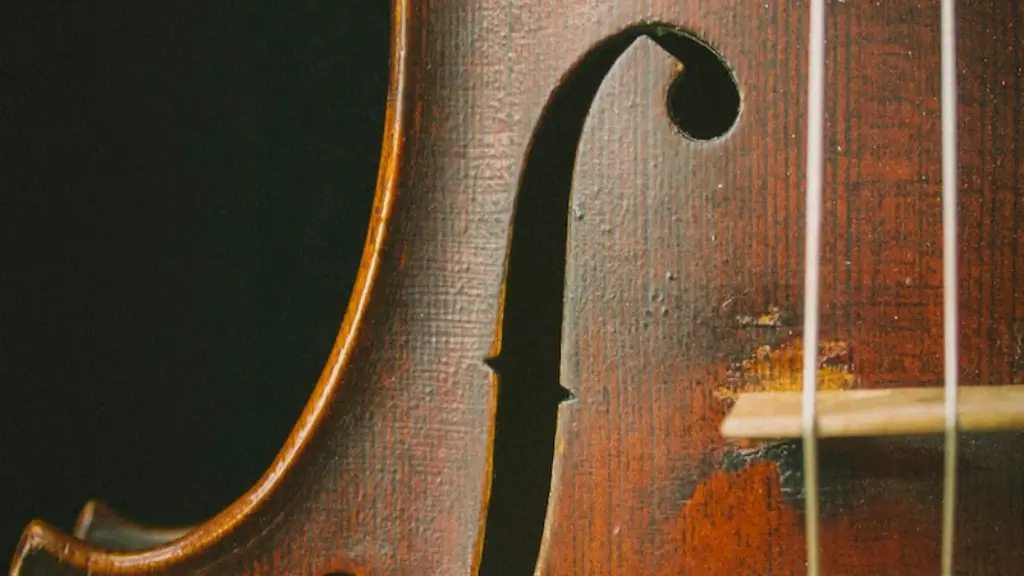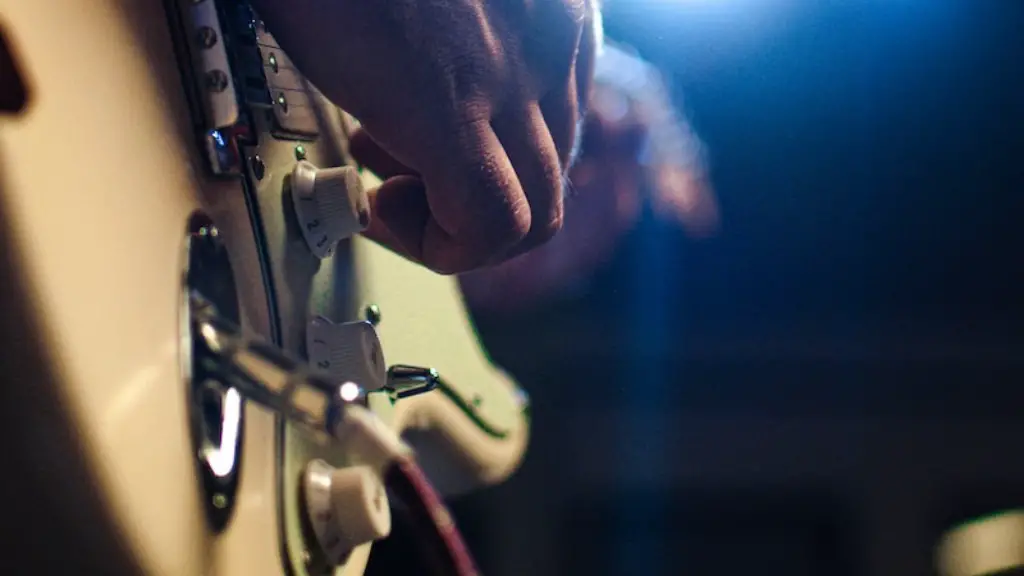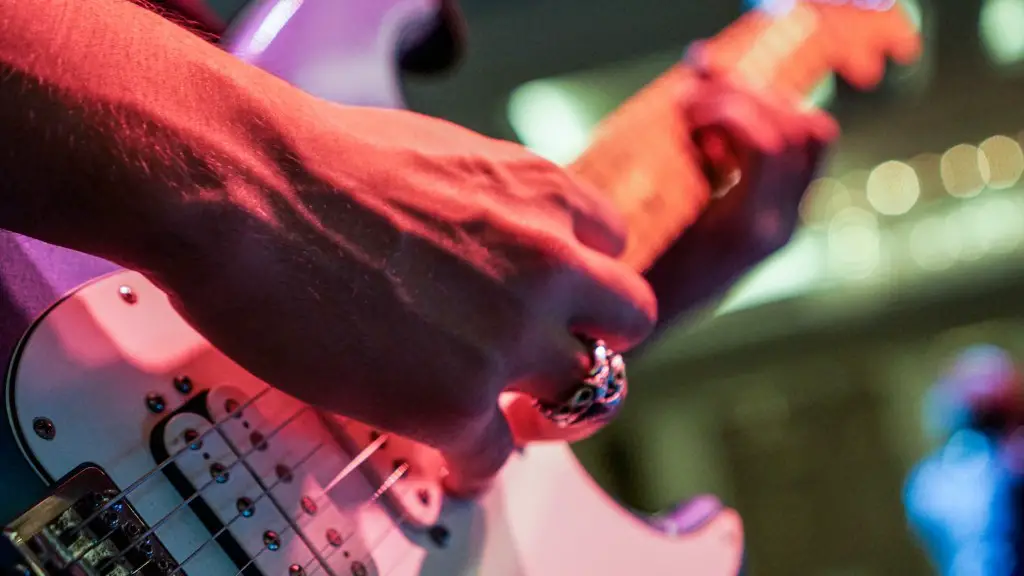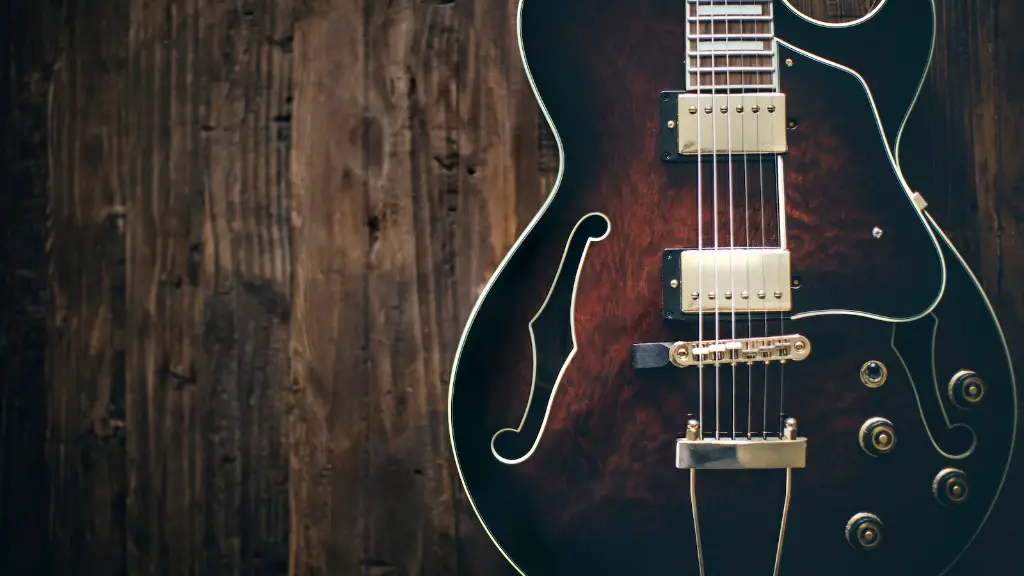Playing drums is an exciting and rewarding activity. It can be a great way to express yourself musically, and to explore different styles of music.
To get started playing drums, you’ll need to find the right instrument for you. Consider the size, type, and sound of the drum set that you want to buy. You’ll also need to find a place where you can practice. It’s important to have a comfortable space with good acoustics where you can focus on your playing.
Once you have your drum set, it’s time to learn the basics. Start by learning how to hold the sticks properly and how to play basic rhythms on each drum. Then move on to more complex rhythms and fills as you become more comfortable playing drums.
Lastly, don’t forget to practice regularly! Dedicate some time every day or week for practicing your skills so that you can continue improving as a drummer. It’s also important to have fun while playing drums! With dedication and practice, anyone can learn how to play drums and become an amazing drummer.
Familiarize Yourself with the Parts of a Drum Set
Learning to play drums can be an exciting and rewarding experience, but before you get started it’s important to become familiar with the parts of a drum set. A drum set typically consists of five components: drums, cymbals, stands, hardware, and pedals. The drums are the most important part of the setup and include the bass drum, snare drum, one or two floor toms, and one or two mounted toms. Cymbals come in a variety of sizes and types including hi-hat cymbals, ride cymbals, crash cymbals, China cymbals, and splash cymbals. Stands are used to mount the drums and keep them in place during playing. Hardware includes items such as clamps for attaching cymbals to stands and stands for mounting drums. Pedals are used for playing the bass drum and hi-hat. Learning about each part of a drum set will help you get started playing drums.
Once you have an understanding of the different parts that comprise a drum set it’s time to start assembling your kit. Make sure all components are properly secured using clamps or other hardware so they remain in place during practice and performance. Next adjust the tension on your bass drum pedal by loosening or tightening the screw on the side until you find a comfortable spot where you can easily press down with your foot without overworking your muscles or having too much resistance. Finally adjust each
Purchase Necessary Accessories
It is essential to have all the necessary accessories when you start playing drums. Investing in drum sticks, a practice pad, and a drum throne are the basics for any drummer. Drum sticks come in different sizes and materials, so it is important to choose one that fits your hand comfortably. A practice pad helps you develop your technique and accuracy. Lastly, a drum throne will provide support and stability while playing; typically adjustable ones are the most comfortable. Additionally, it’s beneficial to invest in a set of headphones, as they will help you hear what you’re playing while minimizing sound to other people in the room.
To protect your drums from damage and debris, consider investing in drum covers or rugs as well. Drum covers are made specifically for each type of drum set, so be sure to purchase ones that fit your needs. Rugs can also help protect your floor while giving your drums an additional layer of protection. Finally, if you plan on recording or performing live with your set-up, then purchasing microphones and stands may be necessary. With these accessories in hand, you will be ready to start playing drums!
Determine Your Level of Commitment
Playing drums requires a certain level of commitment to be successful. You need to be willing to dedicate time and energy to practice and learn. To get started playing drums, evaluate how much time you can realistically dedicate to drumming each week. Also consider any financial commitments associated with purchasing a drum set, taking lessons, and attending concerts or workshops.
Once you’ve determined your level of commitment, set goals for yourself and create a plan for achieving those goals. Research different drum techniques and styles, find instructors or online resources that match your interests, and decide which type of drums you’d like to play. Additionally, make sure to join online communities or local groups where you can connect with other drummers who can offer support and advice. Having this kind of network in place will help you stay motivated as you learn how to play the drums.
Getting Started with Drumming: Invest in Quality Drum Sticks and Mallets
If you want to get started playing drums, one of the first items you should invest in is quality drum sticks and mallets. Drum sticks are the main tools that drummers use to hit drums, cymbals and percussion instruments. Therefore, it is important to choose a pair that suits your playing style. It is also important to consider the type of material used to make the drum sticks, as this will affect their weight, balance and sound.
Mallets are another type of tool used for drumming. These are usually made of wood or metal and are usually used for softer sounds on drums or cymbals. They come in a variety of shapes and sizes to suit different needs. When selecting mallets, it is important to consider the weight, size and material of the mallet head as this will affect sound quality and playability.
Drum sticks and mallets are essential tools for any drummer so it is important to invest in quality items that suit your specific needs. You should also take good care of them by cleaning them regularly with alcohol-free cleaning products and storing them in a dry place when not in use.
By investing in quality drum sticks and mallets you can ensure that your playing experience is comfortable and enjoyable.
Purchase or Download Instructional Materials (How To Get Started Playing Drums)
Getting started playing drums can be a daunting task. But with the right instructional materials, you can learn the basics in no time. There are many options available for purchasing or downloading drum instruction material, from books and DVDs to online courses and tutorials.
The great thing about instructional materials for drums is that they come in all levels of difficulty and price ranges. Beginners can look for introductory books and DVDs that cover the basics, such as tuning, playing basic rhythms, and learning which sticks to use. More advanced players can find material that focuses on specific topics like double bass drumming or complex polyrhythms.
Online tutorials are also a great option for learning to play drums. Many of these are free, while others may require a subscription fee. Sites like YouTube have a wealth of instructional videos available, covering everything from basic drum rudiments to advanced soloing techniques. These can be an invaluable resource for drummers of any skill level.
No matter what your budget or experience level, there is something out there that can help you become a better drummer. With the right instructional material, you will be well on your way to becoming an expert drummer in no time!
Set Up a Practice Space
If you want to take up drumming as a hobby or even as a career, you need to first set up a practice space. This doesn’t need to be complicated; it can be as simple or elaborate as you like. First, decide on the size of your space and the type of drum set you want. A basic kit will include drums, cymbals and stands, but you can also add other accessories such as pedals and additional cymbals. Once you have everything, assemble the kit according to instructions. You’ll then need to find a place for your drums; usually a room that is not too noisy or exposed to extreme temperatures is ideal. Make sure the floor can support the weight of the drums and is not slippery. Lastly, look for soundproofing options such as foam panels and rugs that can help minimize noise pollution. With this setup in place, you’ll be ready to start playing the drums!
Another important aspect of setting up your practice space is having all the necessary supplies on hand. Get yourself some proper sticks, a metronome, music stand and headphones so that playing is comfortable and enjoyable. You may also want to invest in an electronic drum pad or app so that you can practice without making noise.
With these tips in mind, you’ll be able to create an ideal practice space for yourself that will help improve your skills and make learning more fun. All it takes is some careful planning and dedication!
Final Words
Getting started playing drums is an exciting journey. It requires dedication and practice, but the rewards are great. You’ll have the opportunity to express yourself in a unique way and create musical masterpieces. Whether you’re a beginner or a seasoned pro, there are plenty of resources to help you get started. From buying the right equipment to learning basic techniques, you can find everything you need to start playing drums. Take your time, be patient, and enjoy the process.
Drums are an exciting instrument that can be used to create beautiful music. With the right guidance and dedication, anyone can learn how to play drums. So don’t wait any longer – get out there and start drumming!
